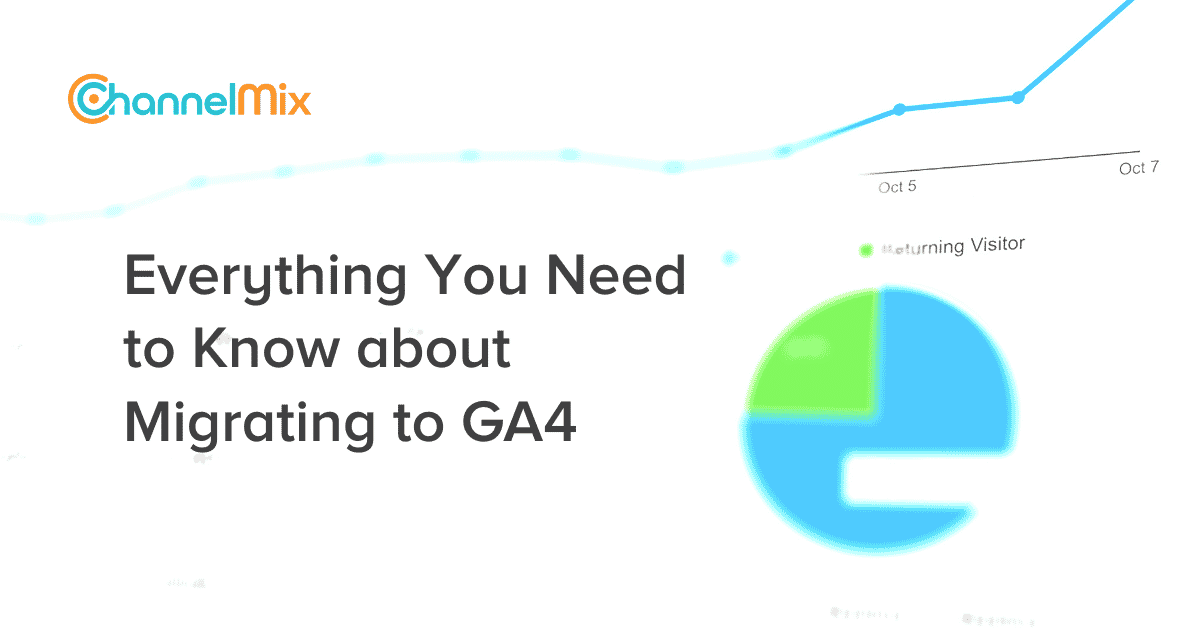
Got questions about migrating to Google Analytics 4? You’re not alone.
The new version of the web analytics tool is very different from the one that marketers rely on now. While GA4 offers exciting new capabilities, it can still be a little intimidating to make the switch after so many years using the previous version of GA, Universal Analytics.
Here are some of the biggest questions we’ve gotten from marketing teams — along with answers from our team.
How long should a Google Analytics 4 migration take?
It depends. One of the biggest factors is how many properties you have.
Let’s say you have one domain or website with fewer than 25 million events per month. In most cases, the migration isn’t going to be too complex. It might take a couple of weeks to make sure everything is set up correctly in a new Google Tag Manager tagging container and that any custom implementations are firing correctly.
What if you have something that’s a little more complicated? Maybe you’re an eCommerce business with a website, an iOS app and an Android app. That’s three different properties and essentially three different technologies for collecting data. You might want to budget extra time so the apps can be tested and go through a development process.
Of course, complexity matters, too. Depending on what features you need to tag and how many there are, that can impact the time of migration.
It’s not enough to have just your web or app developers involved in this. You need someone who understands your analytics and measurement strategy and understands your requirements, so you know you’re getting all the data you need.
Can we still use Google Tag Manager to implement a Google Analytics 4 migration?
Absolutely. In fact, we strongly recommend it.
That’s still your conduit for implementing code on websites without having to go through a whole web development build. Plus, GTM is available on apps as well as websites. We strongly recommend that everyone take advantage of that tool to set up GA4 quickly.
People who use Google Analytics 360 have to migrate to the new version in 2022. But I’m just using the free version of Google Analytics. Do we need to upgrade now?
You don’t have to, but you probably should. If you’re not a 360 user, Google might not force you over to Google Analytics 4 right now, but at some point, support for Universal Analytics will end. So when new features are unveiled, you’ll miss out.
Google Analytics 4 is the future. You should get on board sooner rather than later.
We’re using a dual implementation of Google Analytics — we’re getting web data from GA4 and UA. How long do we need to keep collecting UA data?
A dual setup (using both GA4 and UA properties to track activity on your site) is a great idea. You can see if the new version is measuring performance accurately, using your old UA property as a benchmark.
You can cut the cord on UA once Google Analytics 4 becomes your source of truth. That is …
- GA4 is delivering all the metrics you need for your reporting and analysis.
- That data is clean, accurate and reliable.
- You have a baseline of data that can be used as a benchmark for performance going forward. (How much data? It depends. Some businesses may need a full year to account for seasonality. Others, though, might only need a quarter or two.)
Once GA4 becomes the source of truth, then you can cut the cord.
Got a Question About Google Analytics 4 or Web Analytics Generally?
ChannelMix has a team of specialists who can help you design and execute a tracking and measurement strategy. Let’s talk!
